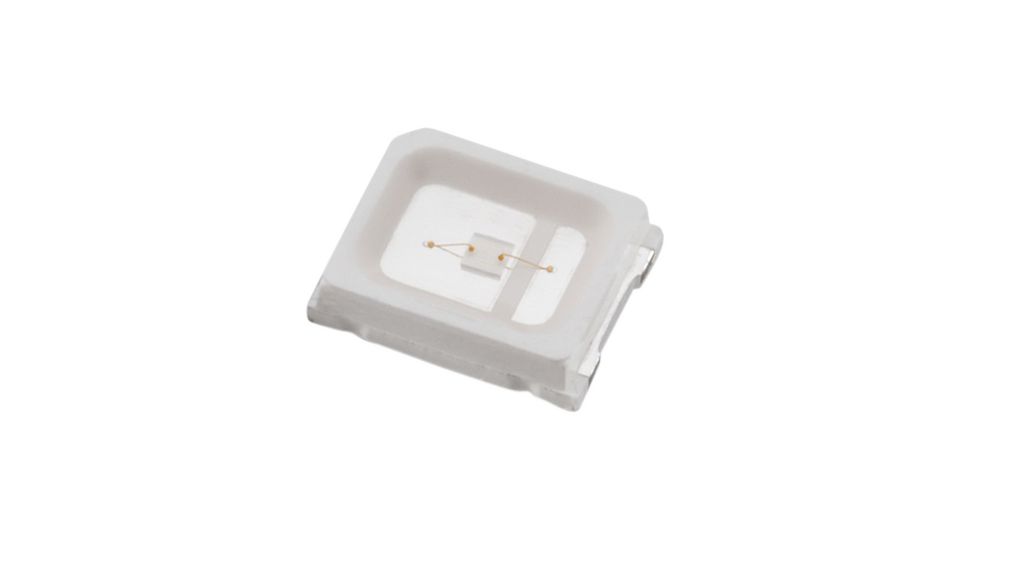A revolutionary transformation is illuminating our farms and changing the way we cultivate the land – it is the LED lighting era.
The once humble light bulb, with the advent of LED (Light Emitting Diode) technology, has emerged as a vital tool in modern farming practices. Still, lighting is not only a source of illumination but also an environmental responsibility. In the current times of sustainability and transitioning to greener solutions, it is vital to understand the impact of lighting on the environment and what can be done to make it more sustainable. LEDs have emerged as a leading lighting technology that is an eco-friendly alternative to traditional lighting sources, and it has become present in agriculture, an essential industry that directly affects the livelihood of millions.
In this article we will focus on the role of LEDs in farming, particularly in the field of horticulture, and we will highlight LED solutions from Würth Elektronik, a brand which is actively driving the green revolution by encouraging the creation of modern farms to ensure sustainable food production.
LEDs and Sustainable Agriculture
There is a lot of potential in LED lights to improve our ecosystem, from reducing energy consumption to minimising waste. LEDs have made significant strides in recent years, revolutionising the way we illuminate spaces and how we grow plants in horticulture.
LED lighting facilitates sustainable agriculture through energy efficiency, emitting light more effectively than traditional lighting sources. LEDs offer a greater degree of control over the light spectrum, enabling farmers to adjust the lighting to meet the unique requirements of each crop. The ability to customise the light spectrum enhances photosynthesis and accelerates plant growth, optimising resources.
According to the European Commision, LED lights are significantly more cost-effective and ecologically friendly than incandescent (glowing) light bulbs since they use up to 90% less energy and last up to 10 times longer.
Greening the Fields – Applications of Horticulture LEDs
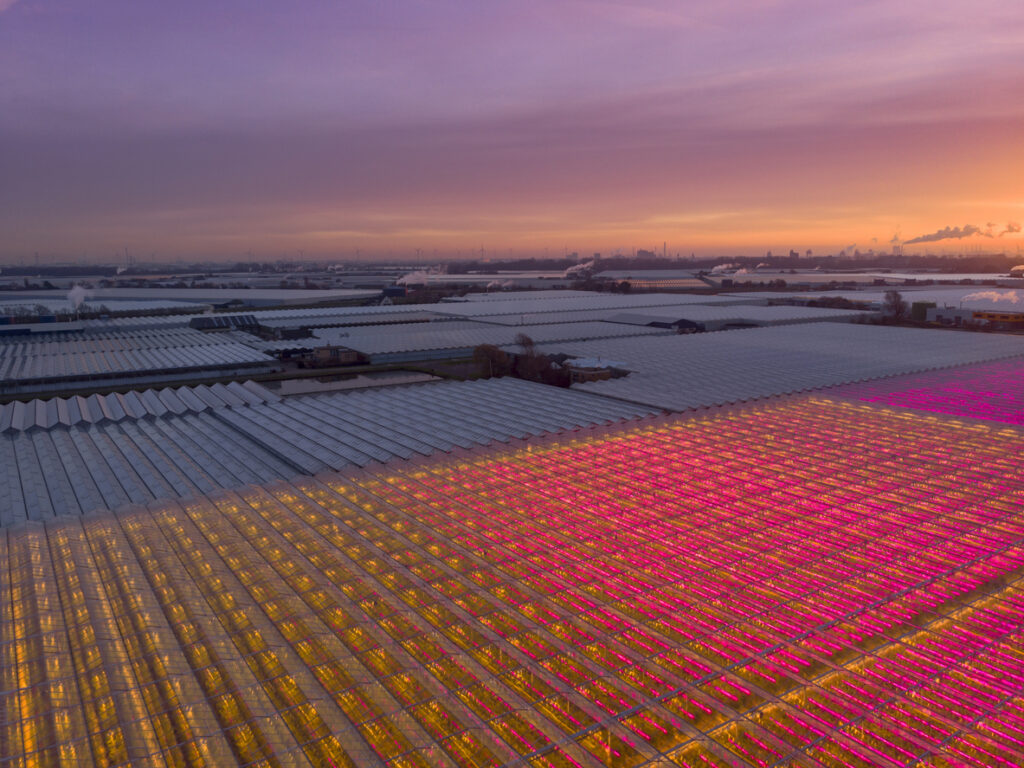
Horticulture, as per Britannica’s definition stands for ‘the branch of plant agriculture dealing with garden crops, generally fruits, vegetables, and ornamental plants’. Hence, in the next parts we explore the role of LED lighting in the improvement of growing plants, the flowering and how it increases the plant biomass. Have a look at the applications below and see how LEDs are used in different sectors.
In order to fully understand how LEDs function in horticulture applications, it is crucial to understand how they promote sustainability. By extending their lifespan and producing less heat, LEDs not only use less energy, resulting in a lower carbon footprint for farming operations, but they also use less energy overall. This reduces waste and improves resource efficiency. According to what we will discuss in more detail below, LED lighting is a great option for contemporary gardening practices as well as other applications because of its eco-friendly features.
Greenhouse
In order to speed up plant growth and maximise development, LEDs are essential in greenhouses since they accurately manage the light spectrum. In addition to delivering the optimal light for photosynthesis, their energy efficiency minimises power use. Within the confined atmosphere of a greenhouse, this specially designed lighting encourages effective and sustainable plant production. Additionally, because the greenhouses take less energy to function, their carbon impact is smaller and less energy is used.
Vertical farming
The biggest advantage of LED lighting in vertical farming is that it allows for year-round crop growth, independent of external climates. The energy efficiency of LEDs significantly reduces operational costs and minimises the environmental footprint. Growers can tailor the light spectrum and intensity to match specific plant needs, optimising growth and quality while saving energy.
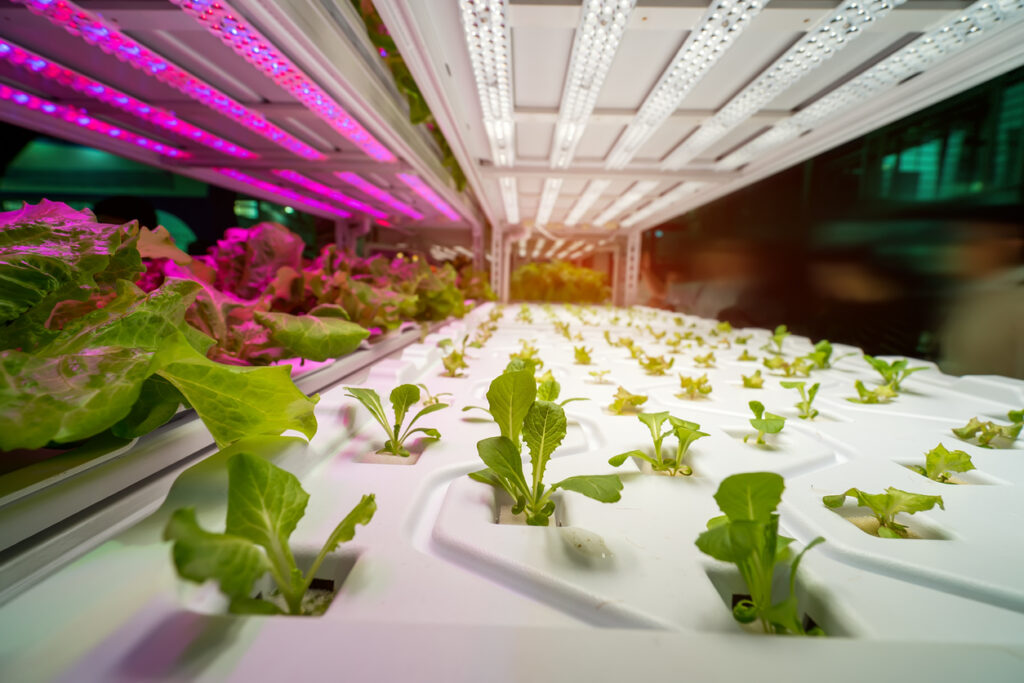
Vertical farms, often constrained by space, benefit from LEDs’ minimal heat emission and precise control. The controlled environment leads to efficient resource utilisation, less water waste, and reduced pesticide usage. Moreover, this technology enables localised farming in urban areas, promoting sustainability and reducing transportation emissions. If you want to learn more about vertical farming, it was featured in our 5 emerging agri-tech trends article.
Research and experimentation
LEDs improve research sustainability by supplying effective lighting, using less electricity, cost-effectively reducing operations, and supporting long-term projects. Advancements in agricultural science are encouraged by the longer lifespan of LED lights and their reduced ability to generate heat.
The use of LEDs in agricultural research allows year-round study with accelerated timelines and continuous data collecting. Additionally, LEDs can replicate seasons and climates. With their customisable spectrum and intensity of light, scientists may create controlled environments that mimic various conditions for plant growth. This accuracy makes it simpler to comprehend how different light wavelengths affect plant growth, development, and yield.
Würth Elektronik cooperates with various universities and research institutions to develop and test LEDs. At its Research Centre, the brand creates light recipes for various plants in various phases of development for unique quality characteristics. Results showed a 15% increase in blooming, a 30% increase in biomass, and a 50% increase in secondary plant metabolites (see Figure 1).
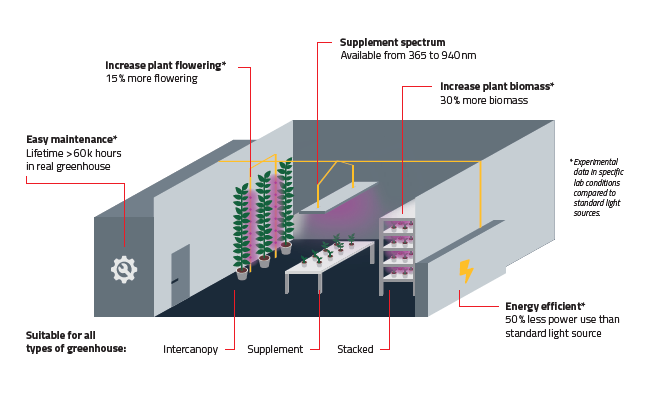
Pharmaceutical industry
LEDs play a crucial role in the pharmaceutical industry by providing precise and customisable lighting for research, drug manufacturing, and quality control. They accelerate research, aid in quality inspection, and even support innovative therapies like photodynamic therapy for cancer treatment.
Other applications
We’ve highlighted a few common examples of the use of LEDs in modern farming, but there are many more. For example, LEDs are being used in urban farming to support local and sustainable food production. Also, they can be used for hydroponics and aquaponics systems to produce organic food without soil. LEDs are also being used in tissue culture and micropropagation, light supplementation on open fields and microgreens and specialty crops.
Benefits of LED lighting for indoor farming
If you are not convinced yet of the potential of LEDs in the agricultural industry, have a look below at some of the benefits of using LEDs in farming.
Advantages of Horticulture LEDs according to Würth Elektronik:
- Biological:
- Year round cultivation
- Increase of plant quality parameters
- High harvest efficiency
- Electrical:
- Longer lifespan compared to traditional bulbs
- Less electrical consumption
- Lower operational and maintenance costs
- Environmental
- Harvest on demand
- Return of investment
- Space saving
- No harm for the resource base
LED it grow: Würth Elektronik LED lighting solutions
Harnessing the power of light has taken on a new brilliance, quite literally. These innovations enable farmers to optimise plant growth, boost yields, and lengthen growing seasons, rethinking the potential of what may be cultivated and when. LED lights, which are energy-efficient, long-lasting, and specifically designed for crops, have become an essential tool to help build a better, more sustainable future.
Farmers and scientists not only illuminate the present with LED lighting solutions from Würth Elektronik, but also create a thriving and prosperous future for agriculture. Let’s witness the magic of LEDs as they illuminate fields, greenhouses, and vertical farms, bringing a new era of splendid agricultural growth.
Recommended products
SMD LED Red 660nm 150mA 2.2V 120°, Würth Elektronik
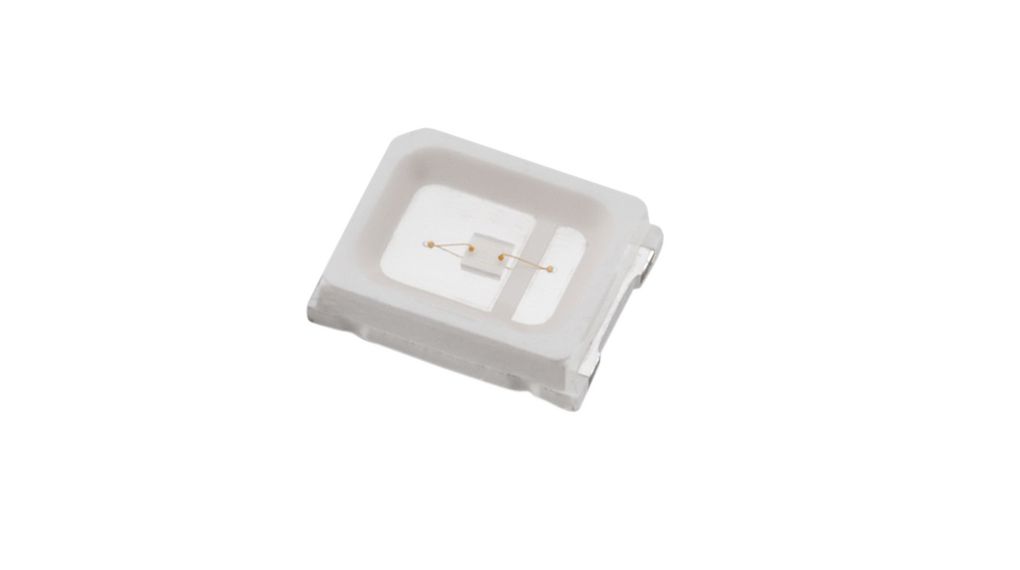
SMD LED Blue 450nm 180mA 3.2V 120°, Würth Elektronik
